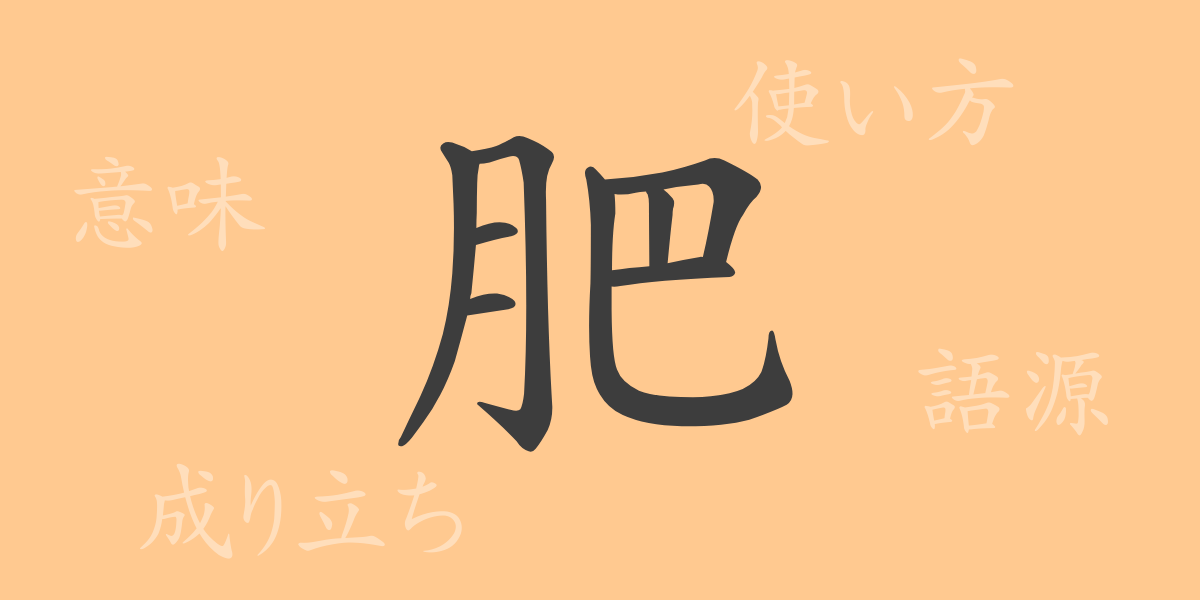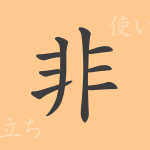The Japanese language boasts a multitude of kanji characters, each with its own unique history and meaning. Today, we shine a spotlight on one of Japan’s commonly used kanji characters, “肥” (hi), delving into its charm and knowledge. Through this article, we aim to deepen your understanding of “肥” (hi) from its etymology and usage examples to idioms and proverbs featuring this character.
Origins of 肥 (hi)
The kanji “肥” (hi) evolved from ancient Chinese pictographs. Originally, it was depicted as a pictograph representing a body rich in excess fat. Over time, this character came to symbolize “fertile land” and “abundance,” often used to describe regions or conditions where agriculture thrived.
Meanings and Usage of 肥 (hi)
“肥” (hi) is primarily used in contexts such as “肥える” (koeru) meaning “to become rich or fertile” and “肥やす” (koyasu) meaning “to enrich.” It can also refer to obesity. This kanji is frequently used in agricultural terms and metaphorical expressions.
Readings, Stroke Count, and Radical of 肥 (hi)
The kanji “肥” (hi) has several readings, which vary depending on its usage.
- Readings: In on’yomi (音読み), it is read as “ヒ” (hi); in kun’yomi (訓読み), it is read as “こえる” (koeru) and “こやす” (koyasu).
- Stroke Count: It has a total of 12 strokes.
- Radical: The radical is 肉 (nikuzuki).
Idioms, Proverbs, and Common Phrases Featuring 肥 (hi)
Idioms, proverbs, and common phrases featuring “肥” (hi) are frequently used in the Japanese language. For example, “肥満” (himan) refers to a state of being overweight. “肥大化” (hidaika) means the enlargement of an organization or object beyond its normal size. “肥料” (hiryou) refers to substances added to soil to aid plant growth, playing a crucial role in agriculture.
Summary of 肥 (hi)
The kanji “肥” (hi) has undergone transformations in both form and meaning from ancient times to the present. From an era where agriculture was the foundation, this character symbolized richness and growth, and it continues to be deeply rooted in various aspects of our lives through the Japanese language. Through this exploration, we have re-recognized the profound history and culture embedded in each kanji character.

























